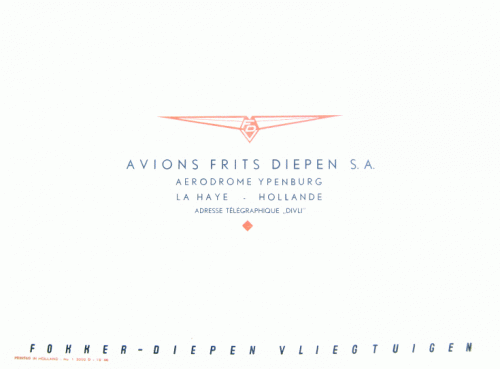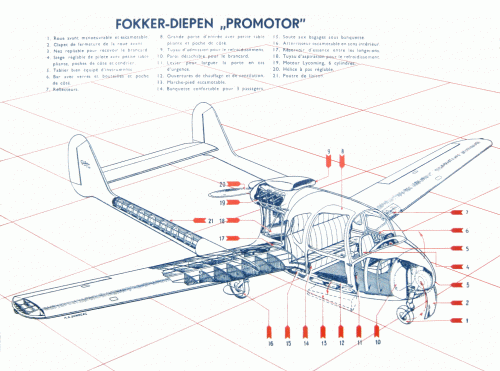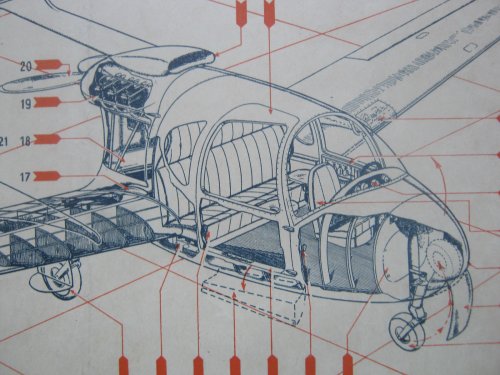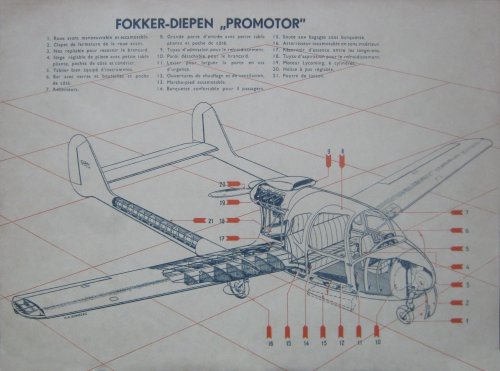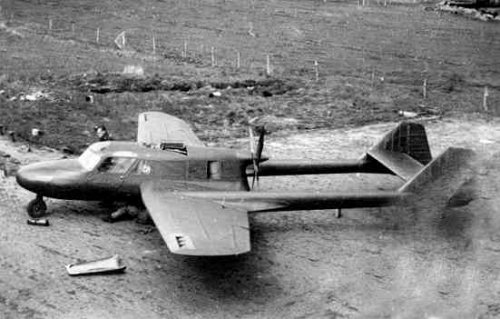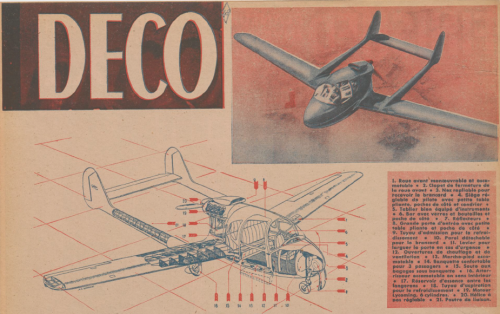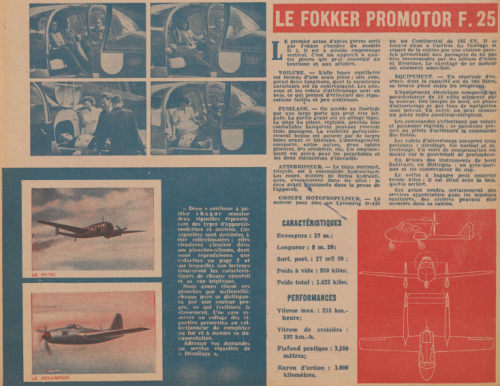- Joined
- 25 June 2009
- Messages
- 14,754
- Reaction score
- 6,155
I'm taking the opportunity of a beautiful original brochure being sold on eBay (see attachments for larger versions) to start a topic on this little-known post-war product that found no market.
From Wikipedia:
From Wikipedia:
The Fokker F.25 Promotor, first flown in 1946, was a single-engined, twin-boomed, four-passenger monoplane with a pusher engine mounted at the rear of a central nacelle. It was of wooden construction and has fitted with a retractable nosewheel undercarriage. One feature of the design was that instead of a 2 + 2 seating, the pilot sat in front to the left, and all three passengers were on a bench seat to the rear of him. Alternatively, when being used as an air ambulance aircraft, it could carry a patient on a stretcher, which was loaded through a hatch in the aircraft's nose. The F.25 was evocative of the pre-war G.I design. The F.25 was based upon the design of the Difoga 421 aircraft, home-built and -designed secretly during World War II by Frits Diepen, a Ford garage owner of Bergen op Zoom, the Netherlands. His intention was to escape from German-occupied Europe to Britain using this aircraft that was powered by a Ford V-8.
Although 20 F.25 aircraft were constructed, sales were disappointing for the same reason that thwarted the sales prospects of so many American post-war designs. A newly built aircraft could not compete in cost with the thousands of surplus aircraft on the market in the years following the war.
Attachments
-
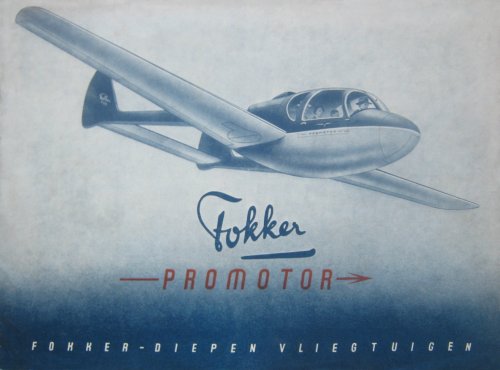 promotor-cover-cleaned.jpg694.2 KB · Views: 223
promotor-cover-cleaned.jpg694.2 KB · Views: 223 -
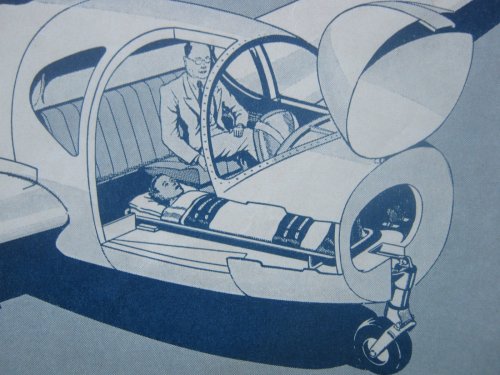 promotor09-cleaned.jpg428.6 KB · Views: 27
promotor09-cleaned.jpg428.6 KB · Views: 27 -
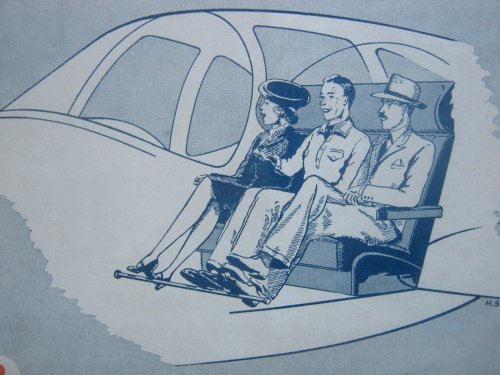 promotor08-cleaned.jpg460.6 KB · Views: 27
promotor08-cleaned.jpg460.6 KB · Views: 27 -
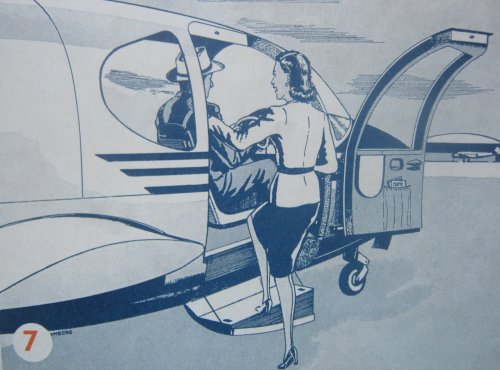 promotor07-cleaned.jpg436.7 KB · Views: 31
promotor07-cleaned.jpg436.7 KB · Views: 31 -
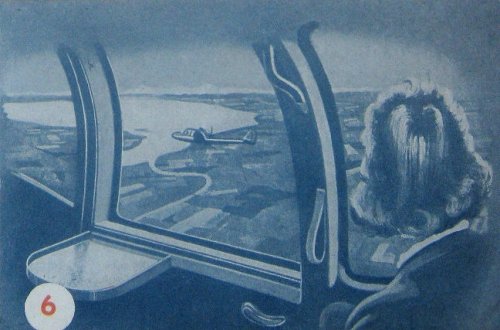 promotor06-enhanced.jpg210.3 KB · Views: 138
promotor06-enhanced.jpg210.3 KB · Views: 138 -
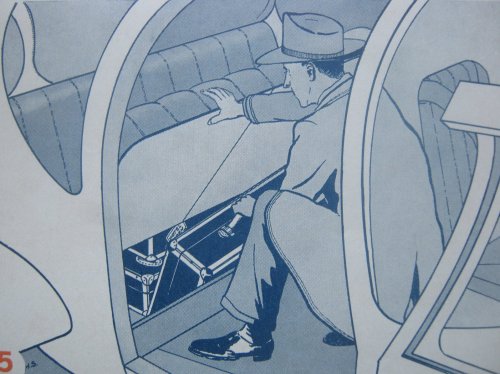 promotor05cleaned.jpg469.7 KB · Views: 150
promotor05cleaned.jpg469.7 KB · Views: 150 -
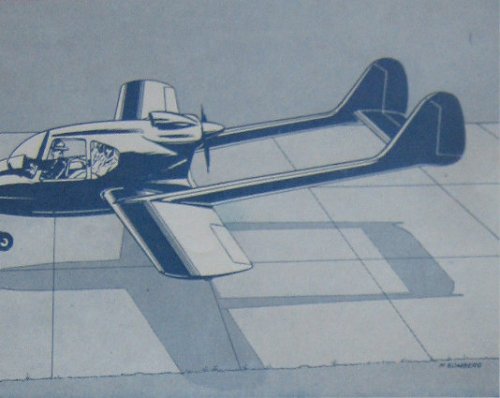 promotor04-incomplete.jpg139.1 KB · Views: 153
promotor04-incomplete.jpg139.1 KB · Views: 153 -
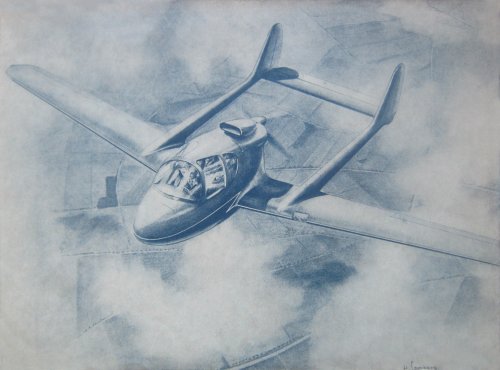 promotor-flying-cleaned.jpg921.4 KB · Views: 182
promotor-flying-cleaned.jpg921.4 KB · Views: 182

